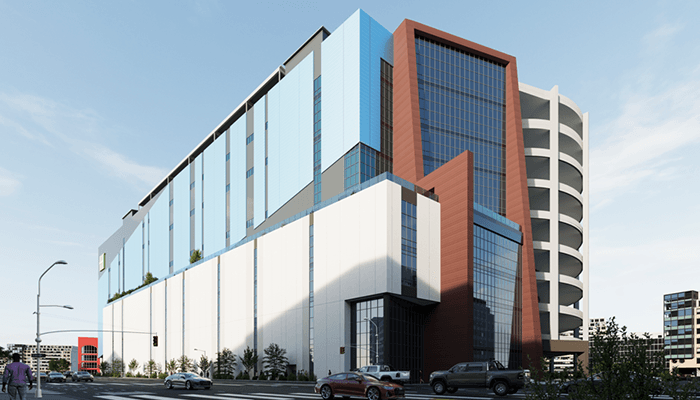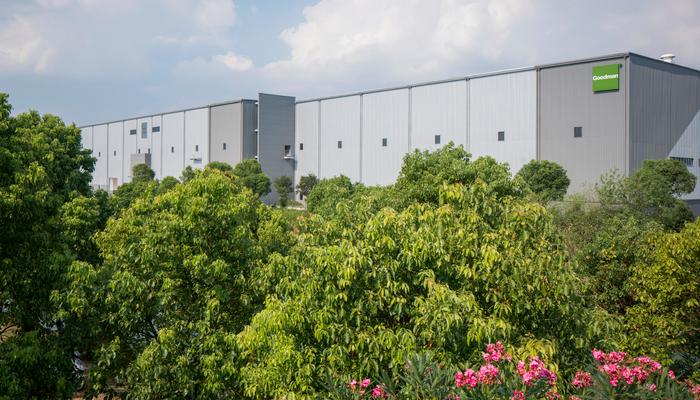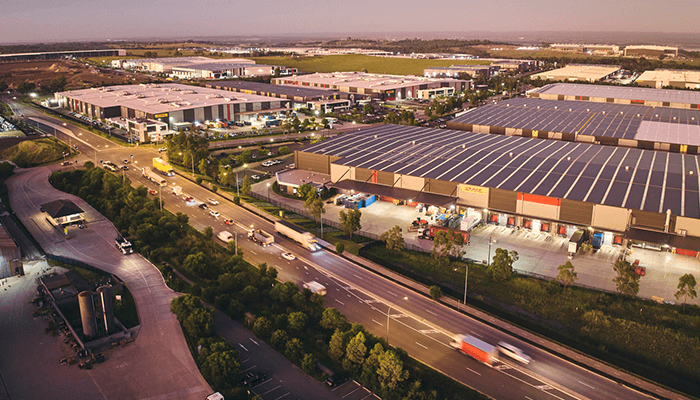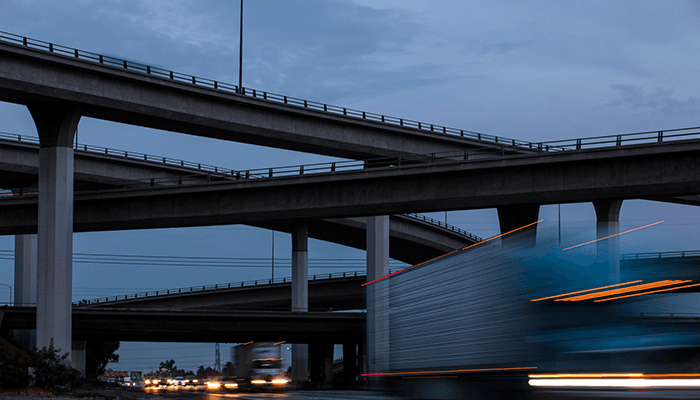Our properties
OverviewProperties for lease
Search for available warehouse space for lease or development.
Global property portfolio
Explore the location and quality of Goodman's global property portfolio.
Property development
Goodman’s properties are designed to continue to be efficient and highly functional long into the future.
Investment Management
OverviewGoodman North American Partnership (GNAP)
The Goodman North American Partnership (GNAP) is a partnership between the Canadian Pension Plan Investment Board (CPPIB) (45%) and Goodman (55%), investing in logistics real estate across North America.
Sustainability
OverviewSustainable properties
Goodman’s sustainably designed, energy-efficient and well managed properties are strategically located to meet the business, health and wellbeing needs of our customers.
Corporate performance
Our capital structure is sustainable, and we have a positive impact in our global communities through the Goodman Foundation. We promote strong leadership and governance, engage regularly with our stakeholders, and measure and disclose our financial and
Sustainability case studies
Read our global sustainability case studies.
People and culture
At Goodman, we enable our people to thrive and help realise their ambitions. Their determination and innovation, combined with the relationship they build with our customers and partners, push our business forward.
Goodman Foundation
Committed to addressing disadvantage and making a tangible difference.
Featured Case Studies
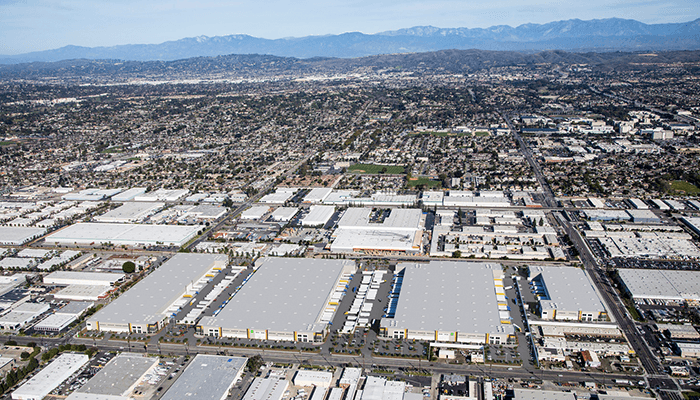
Strategic location and sustainability meet at Fullerton
Goodman Logistics Center Fullerton has both strategic location and environmental credentials in its favour.
Our customers
Our customers and industriesLogistics
We work with you to deliver flexible, high quality logistics space solutions to meet your changing business needs.
Consumer
Consumers of today shop on their terms. Convenience, cost and sustainability are key to their purchase decisions.
Automotive
We work with some of the leading international brands in the automotive sector.
Life sciences and healthcare
Changing demographics, an increased focus on health and wellbeing, and high consumer expectations
Featured Customer Stories
About Goodman
$6.1bn
28
19.0m sqft
Latest news
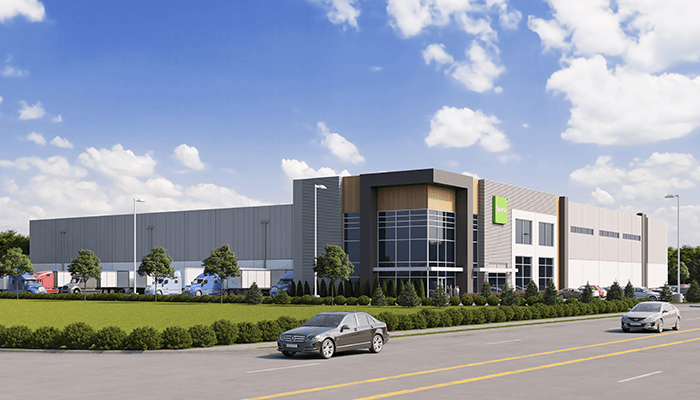
New Carlstadt logistics center
Goodman North America will soon be developing Goodman Industrial Center Carlstadt II – a modern sustainable logistics distribution center.

